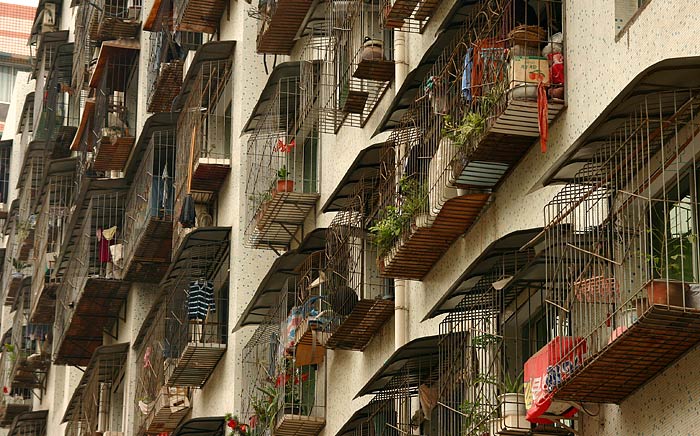| Fast Load Version |  S P E C I A L T
R A V E L R E P O R T S P E C I A L T
R A V E L R E P O R T |
| Secrets of Digital Photography Digital Rebel in China! 6 / 6 / 2004 |
| Fast Load Version |  S P E C I A L T
R A V E L R E P O R T S P E C I A L T
R A V E L R E P O R T |
|
Jump All photos by the author. |
Working With the Canon Digital Rebel EOS 300D Kiss Digital Camera
I have to say that this Sigma lens has turned out to be a genuine winner (right). It is light, long range (7.14:1) and crisp enough for editorial work. It also exhibits a magical quality that makes it ideal for EOS 300D buyers: The punishment fits the crime. In other words the value match between initial camera purchase price and the value of this lens compared to its purchase price are both extremely high. You won't feel like the lens is wagging the camera, if you catch my drift. The blow to your wallet or credit card is low (under $180 in several Internet stores) and you will be capable of very fine images with it. Since the zoom range overlaps the Canon Kit Lens range, you will be able to shoot slightly wide (45mm equivalent) to long tele (320mm equivalent) images and those cover the greatest range of focal lengths I typically go for. The zoom is fast and positive, Auto Focus operations are solid for the most part (see my note, earlier) and the longer I used it, the better I got at holding it steady. Think you're hot? Try holding a 320mm lens during a 1/50 sec exposure ten times. Now see why practice makes perfect? But I digress...
Performing manual custom White Balance adjustments with the Rebel is a pain. You have to shoot an image of something white in the light you wish to measure, open the menu, scroll to Custom WB, select it, scroll to the image that contains the WB you want to compensate for, confirm your choice and scroll to the Custom WB icon before taking a shot. That's neither easy nor friendly, and if you have read my comments on the lack of camera interface ergonomics, you might find that I give low marks for this sort of obstructive option selection procedure. One can conceive of a camera that is pointed at a white subject while a special WB button is pressed, this causing a non-recorded exposure that sets up the Preset WB and switches on the Custom WB register(s). Nope, that would be too darn simple, direct, ergonomic and easy. Never mind that this is the exact way you do manual white balance functions with a $125,000 HDTV studio camera...  No emotional baggage here. (Canon Kit lens) But all the other functions within the Digital Rebel seem to be quite well thought out, so my grumble over this feature is minor. Accessing all other WB settings is super swift and the need for Manual WB is not as great in still image gathering as it is in movie production.  Wan Zhou, a small city of 1.6 million people and 8.2 million photographic situations showed us that the ergonomics of dSLR image gathering are well implemented in the Canon 300D, here shooting through the Sigma 28-200mm f/3.5-5.6 Hyperzoom lens. From viewfinder to final image, the Canon 300D is a diamond with very few flaws. It was always there for me when I needed it to deliver and the images it collected were as good as my eye can orchestrate through any camera. Its simplified menu system and dedicated controls go far in assuring that photography is enhanced while fiddling with the camera, or waiting for it to achieve some function was minimized. As a price to performance combination it seems that the Kiss Digital is the Kiss Of Life.
All rights reserved. Do not reprint. Do not link to images. Reprinting except for newsworthy mention and brief quotes are by permission only |